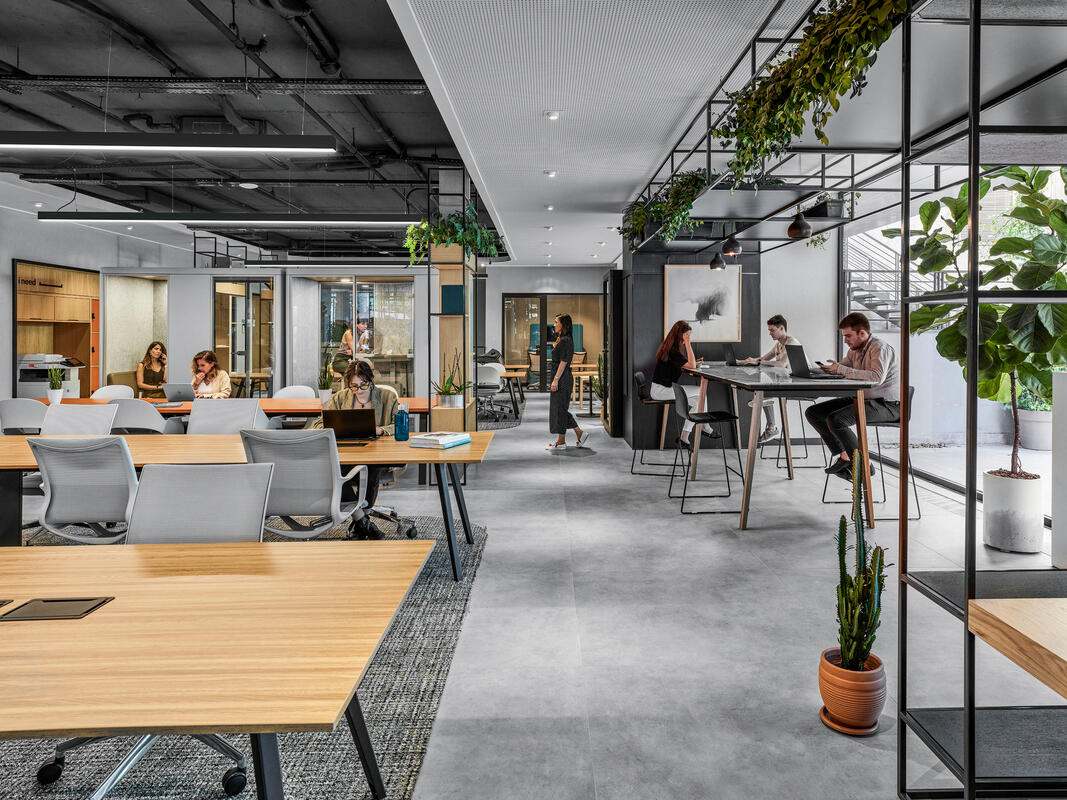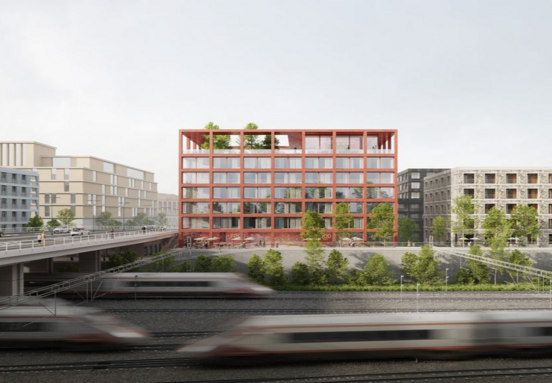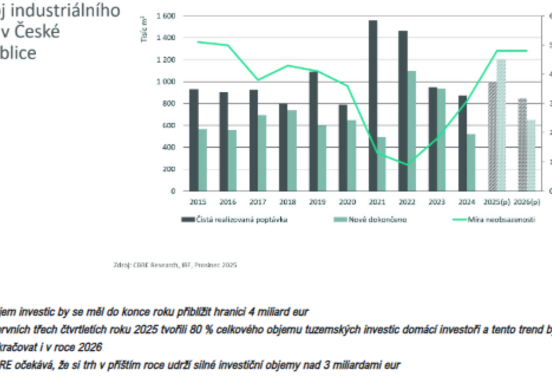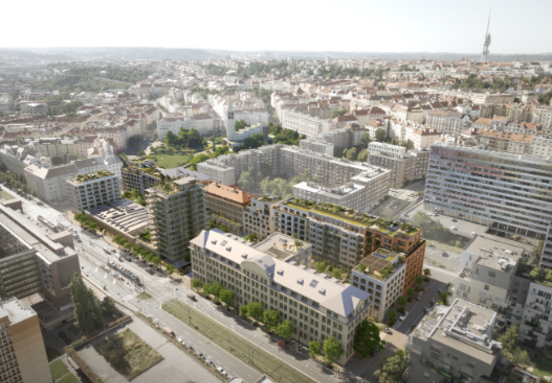According to this study, 44% of employees visit the company office once a week, 38% 2-3 times a week and 18% 4-5 times a week. At the same time, the study showed that the eight-hour stay in the office is now a thing of the past. Less than half of the respondents spend 9-12 hours a day in the office, a third 6-8 hours and a quarter only 2-5 hours. "European countries lead in terms of office occupancy, in the USA and South American countries, employees use company offices even less," says Jana Vlková from Colliers, adding that there can be a number of reasons - from longer commuting time to available digital infrastructure to corporate customs and the degree of individuality of individual nations. Differences are also evident between individual European countries. For example, Great Britain, Holland, Belgium or France have lower occupancy rates than countries where people prefer more personal contacts and teamwork, such as Greece, Macedonia or Romania. "The Czech Republic is in the golden middle in this respect," adds Jana Vlková. This is also confirmed by data from a survey by the Czech trade association ABSL, which investigated the degree of work from home in the office branches of corporate and IT services. According to him, 62% of employees work from home 2-4 days a week, 9% just 1 day a week and 29% the whole week. Even so, 19% of companies want to expand their offices.
However, according to experts from Colliers, they will be different than before. "Probably the most important change that will affect corporate offices will be greater emphasis on spaces intended for collaboration and team meetings. While in pre-pandemic offices, a full 70% of the area was dedicated to individual workplaces and 30% to meeting rooms and other spaces, today the ratio is changing - 30-40% is intended for workplaces, 60-70% for teamwork or relaxation," explains Jana Wolf. Even the workplaces themselves are experiencing a change, while before the pandemic 10-12 m2 were usually calculated per desk, today 14-16 m2 are calculated. However, because jobs are shared much more often, in reality, when calculated per 1 employee, this is a reduction to 6-8 m2. When sharing jobs, a ratio of 0:33-0.7 desks per 1 employee is usually calculated. Also new are specialized project rooms for collaboration, where employees sit at a table in the shape of a semicircle and, thanks to technologies for hybrid collaboration and large screens, communicate with colleagues who are in their home offices.
What about the employees?
The study also focused on employees' experiences with the new office concept. Compared to the pre-pandemic level, their satisfaction has increased, with the new layout and hybrid work being the main reason. The interest of employees from an office environment in a hybrid way of working is also evidenced by a recent analysis by the Gallup organization, according to which only 3% of employees in professional
corporate services with the option to work from home indicate that they would prefer to work entirely from the corporate office. Only one in three then prefers to work exclusively from home. Two out of three workers, including roles such as engineers, consultants, programmers or financial experts, prefer a hybrid way of working. A new arrangement of the work environment can perfectly support them.







